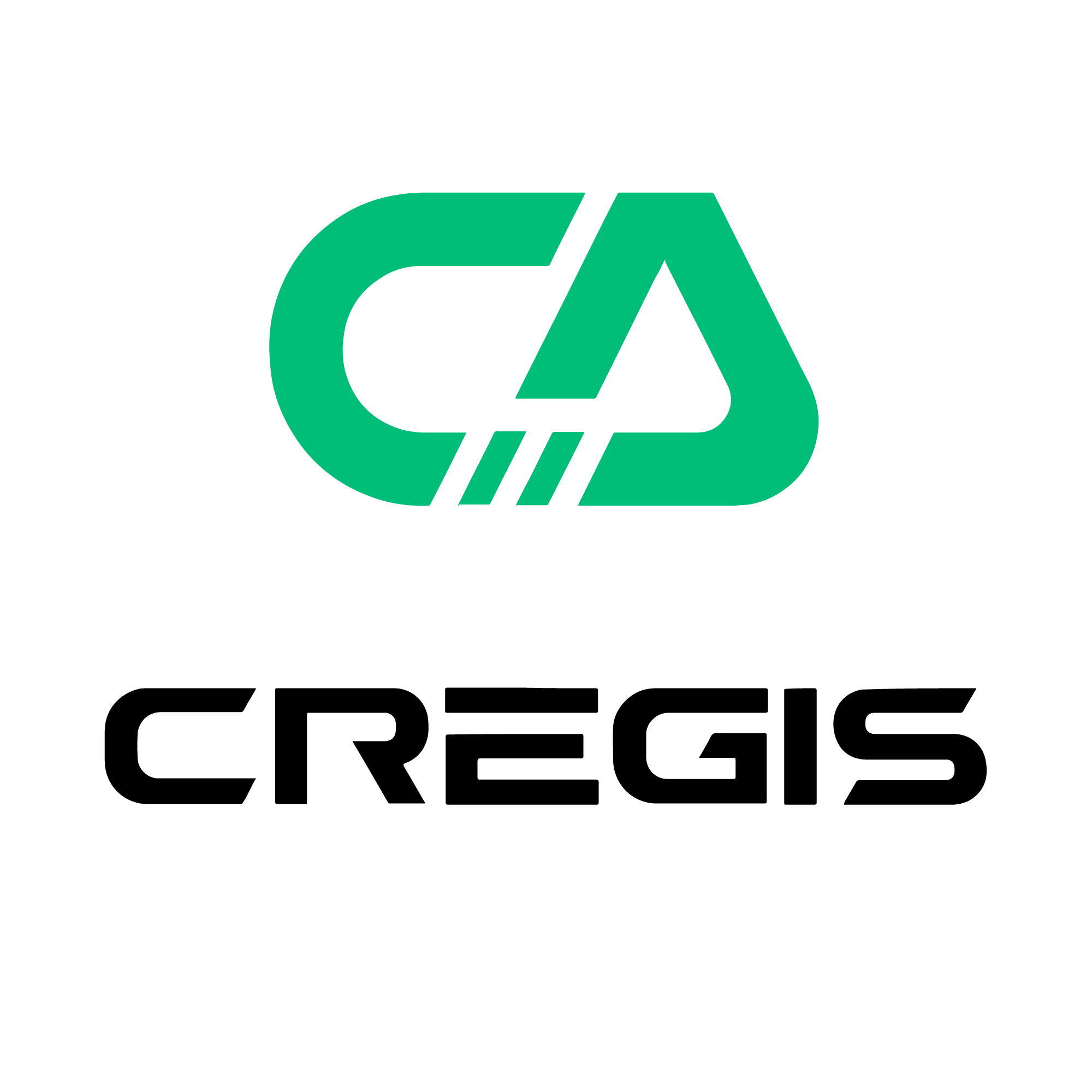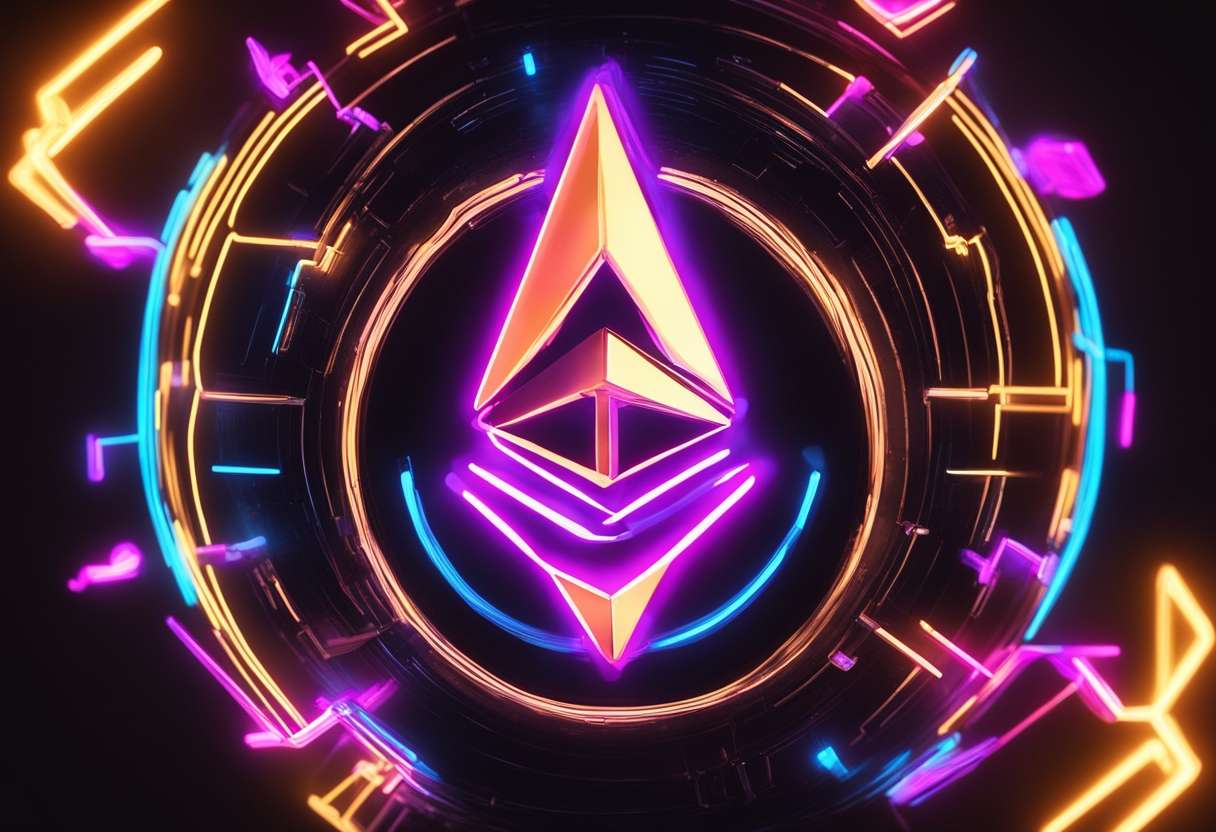Ethereum is more than just a cryptocurrency—it’s a decentralized platform that powers thousands of applications and innovations in blockchain technology. Whether you're new to crypto or looking to deepen your understanding of Ethereum (ETH), this guide covers everything from its origins to its cutting-edge upgrades like proof-of-stake and danksharding.
Key Takeaways
- Ethereum is a decentralized blockchain platform, known for smart contracts and its native cryptocurrency, ether (ETH).
- It transitioned to a proof-of-stake consensus model in 2022, drastically reducing energy consumption.
- Ethereum supports decentralized applications (dApps), NFTs, DeFi platforms, and DAOs.
- Its scalability roadmap includes upgrades like danksharding and proto-danksharding.
- Ethereum aims to power Web3—the decentralized future of the internet.
What Is Ethereum?
Ethereum is a decentralized, open-source blockchain that allows developers to build smart contracts and decentralized applications (dApps). Unlike Bitcoin, which is designed mainly as a digital currency, Ethereum serves as a platform for programmable money and applications.
Ethereum’s native cryptocurrency is called ether (ETH). ETH is used to pay for transactions, smart contract executions, and network participation.
A Brief History of Ethereum
Ethereum was proposed by Vitalik Buterin in 2013 and launched in 2015 by Buterin and co-founder Joseph Lubin. Their vision was to expand blockchain’s potential beyond peer-to-peer payments.
A major event in its history was the 2016 DAO hack, which led to a controversial fork. The result: two blockchains—Ethereum (ETH) and Ethereum Classic (ETC).
Ethereum’s Transition to Proof-of-Stake
Originally, Ethereum used a proof-of-work (PoW) system similar to Bitcoin. But in September 2022, Ethereum transitioned to proof-of-stake (PoS) with the Merge, slashing energy usage by over 99.9%.
In PoS:
- Validators are selected to create blocks based on how much ETH they stake.
- Dishonest actors can lose their staked ETH.
- Validators earn rewards for proposing and attesting blocks.
Dencun Upgrade & Proto-Danksharding
In March 2024, Ethereum implemented the Dencun upgrade, which introduced proto-danksharding. This was a major step toward future scalability via danksharding, enabling:
- Cheaper transactions
- Higher throughput
- Off-chain rollup data handling via BLOBs (Binary Large OBjects)
How Ethereum Works
Blockchain Basics
Ethereum’s blockchain stores transactions and smart contracts in secure, immutable blocks that are distributed across a decentralized network.
Wallets
Ether is stored in crypto wallets, which hold your private keys—essential for accessing and managing ETH. Popular wallet types include:
- Software wallets (e.g., MetaMask)
- Hardware wallets (e.g., Ledger)
- Self-custodial wallets like Cregis MPC Wallet
Units of Ether
The smallest denomination of ETH is a wei. Other units include:
- Kwei
- Mwei
- Gwei (commonly used for gas fees)
- Microether (Twei)
- Milliether (Pwei)
Ethereum vs. Bitcoin
| Feature | Ethereum | Bitcoin |
| Purpose | dApps, smart contracts | Peer-to-peer digital currency |
| Consensus | Proof-of-Stake (PoS) | Proof-of-Work (PoW) |
| Supply | Unlimited (inflationary) | Capped at 21 million |
| Smart Contracts | Yes | No |
| Average Block Time | ~12 seconds | ~10 minutes |
The Future of Ethereum
Ethereum continues to evolve. Here’s what’s ahead:
Scalability Solutions
- Danksharding: Will further improve transaction speeds and reduce costs.
- Rollups: Handle transactions off-chain and post data to Ethereum.
Development Roadmap
As of 2024, Ethereum is focusing on:
- Cheaper and faster rollups
- Stronger security protocols
- Enhanced user experience
- Future-proofing against yet-unknown threats
Ethereum and Web3
Ethereum is often seen as the backbone of Web3—a decentralized internet where users own their data. Many dApps, decentralized finance tools, and NFT platforms are built on Ethereum.
Ethereum in Gaming & the Metaverse
Games like Decentraland and Axie Infinity use Ethereum to tokenize in-game assets like land, avatars, and collectibles. These assets can be bought, sold, or traded securely on-chain.
Non-Fungible Tokens (NFTs)
NFTs are unique digital assets secured on the Ethereum blockchain. Examples include:
- Art
- Collectibles
- Sports highlights
- Virtual land
Each NFT is verifiable, tradable, and owned exclusively by the token holder.
DAOs: Decentralized Autonomous Organizations
DAOs are blockchain-based entities that enable decentralized governance. Members vote on decisions using tokens, and smart contracts automatically execute the outcomes.
Examples:
- Venture funds
- Gaming guilds
- Web3 development communities
FAQs About Ethereum
What Will Ethereum Be Worth in 2030?
It’s impossible to predict accurately. ETH’s price depends on market demand, regulations, technological progress, and adoption.
Why Did Ethereum Drop?
Like all cryptocurrencies, ETH is volatile. Price fluctuations may be caused by macroeconomic trends, news, or investor sentiment.
How Much Is One Ethereum Coin Worth?
As of May 24, 2024, ETH was trading at approximately $3,735.23.
The Bottom Line
Ethereum is far more than just a digital coin. It’s a foundation for an entire ecosystem of decentralized innovation—from smart contracts and DeFi to gaming, NFTs, and DAOs. With upcoming scalability upgrades and a strong developer community, Ethereum is poised to play a central role in the future of blockchain and the decentralized web.
Learn More About Ethereum (ETH)
Visit the official website: ethereum.org
关于Cregis
Cregis成立于2017年,是企业级数字资产基础设施领域的全球领导者,为机构客户提供安全、可扩展且高效的管理解决方案。
为应对区块链系统碎片化和资产安全风险方面的挑战,Cregis提供基于MPC的自托管钱包、WaaS解决方案和支付引擎,打造高度整合且合规的数字资产管理平台和生态。
迄今为止,Cregis已为全球超过3,500家机构客户提供服务。为交易所、金融科技平台和Web3企业提供了安全的区块链技术接入方案。凭借多年在区块链和安全领域的成熟专业知识,Cregis助力企业加速Web3转型,把握全球数字资产发展机遇。

